I am testing OpenCV pose estimation with solvePnPRansac. The method uses a parameter reprojectionError which distinguishes inliers/outliers for RANSAC. Assuming that a pose estimation returning T=T(R,t), is it possible to find the maximal estimation error $$\DeltaT_max$$ given a value of reprojectionError?
I've done some tests by formulating this question as a constraint optimization problem and see that this estimation is rather sensitive. In the sense that, with a small reprojectionEror tolerance e.g. .1, .01..., maximal error in translation can reach hundreds of millimeters, and almost all possible angle rotation. From this view point, is it reliable to use such an estimation where some small errors can be easily found e.g. round-up of pixel location of the reference point?
Edit 1: I've found some massive tests from "Absolute Pose Estimation from Line Correspondences using Direct Linear Transformation"
It looks like to have a good estimation, better to enforce the reprojection error to be rather small e.g. <1e-6 or <1e-7 and number of matches should be near to 10 in order to have a sound estimation in position and orientation (say angle < 1 Deg and position < 1 meter which is still huge). So, regards to the reprojectionError earlier I mentioned i.e. .1, .01 is very far from accurate. With this being relate to solvePnPRansac, the default value for this reprojectionEror is ... 8 pixel! isn't this almost irrelevant? if a point is inlier, the required reprojection error should be very very small
Also, if the graph and my understanding it is right, it also can be interpreted like...to have position error <.01 meter, number of matching lines/points should reach >2000 and rotation error <.1 Deg, this number is up to > 100 to 500. These numbers of matching are very huge for cases


